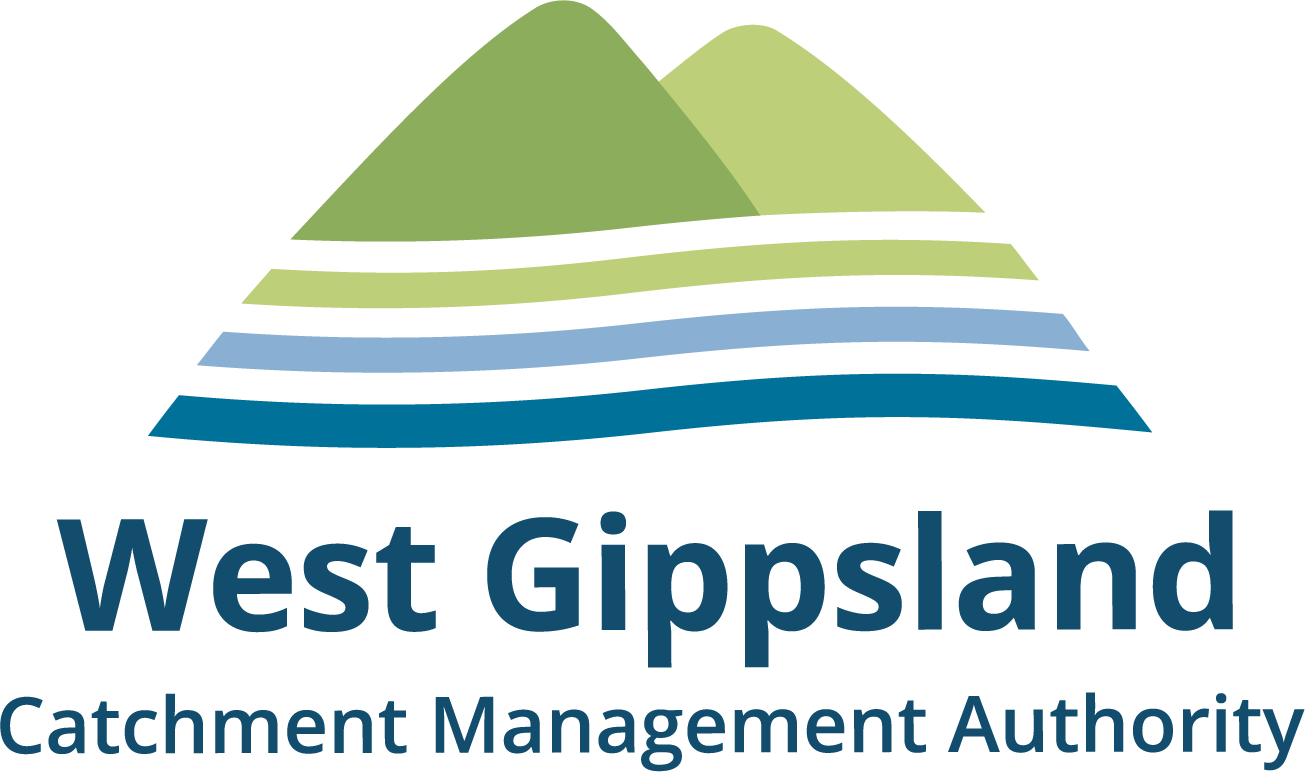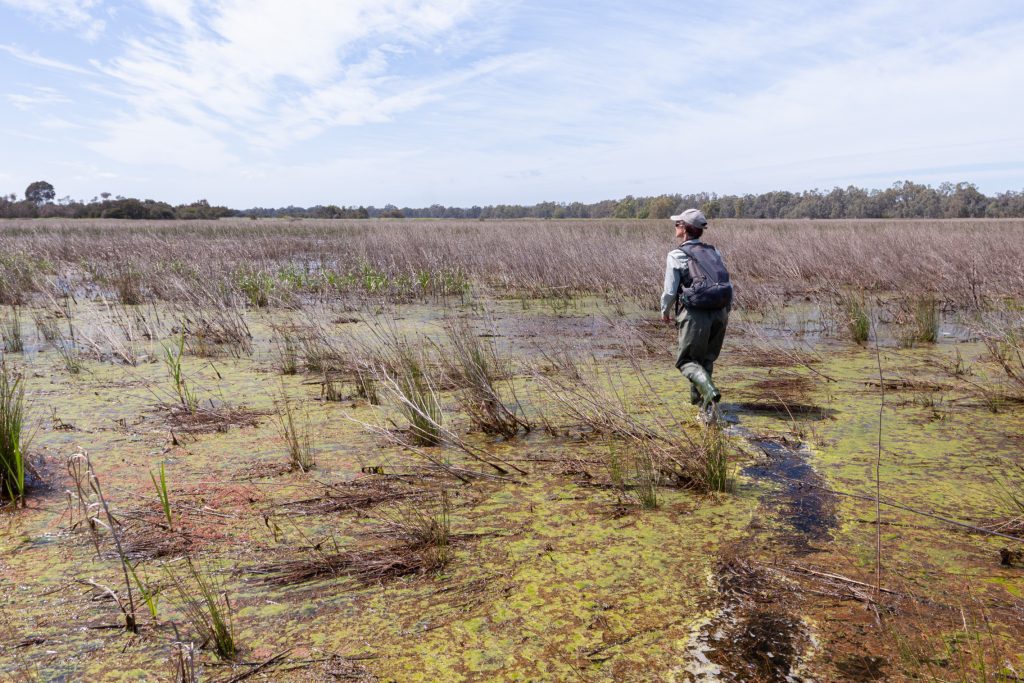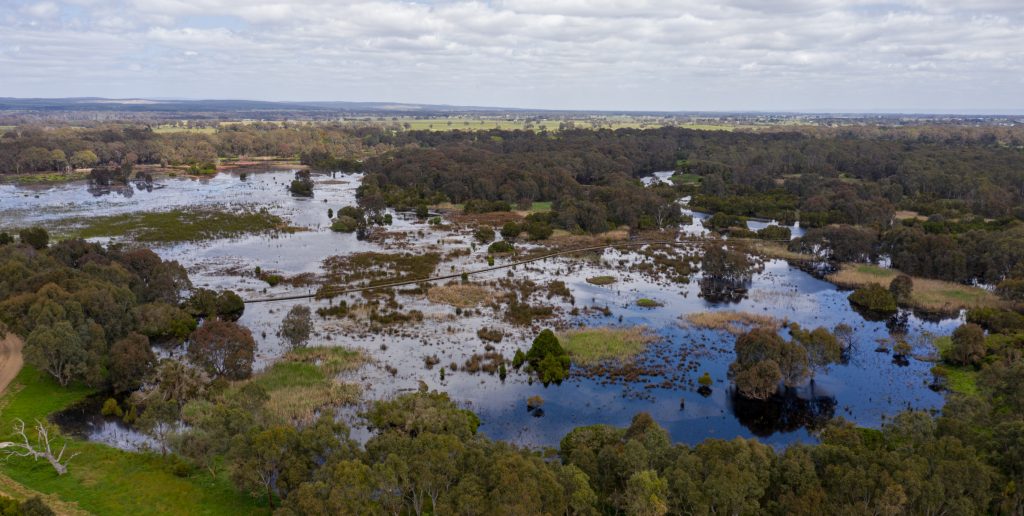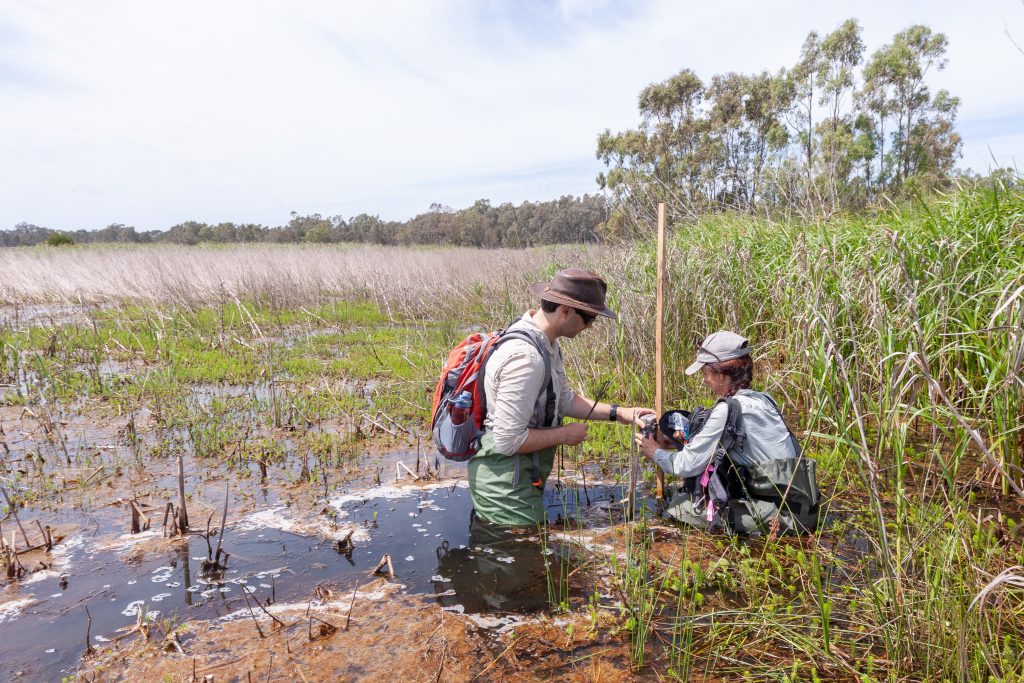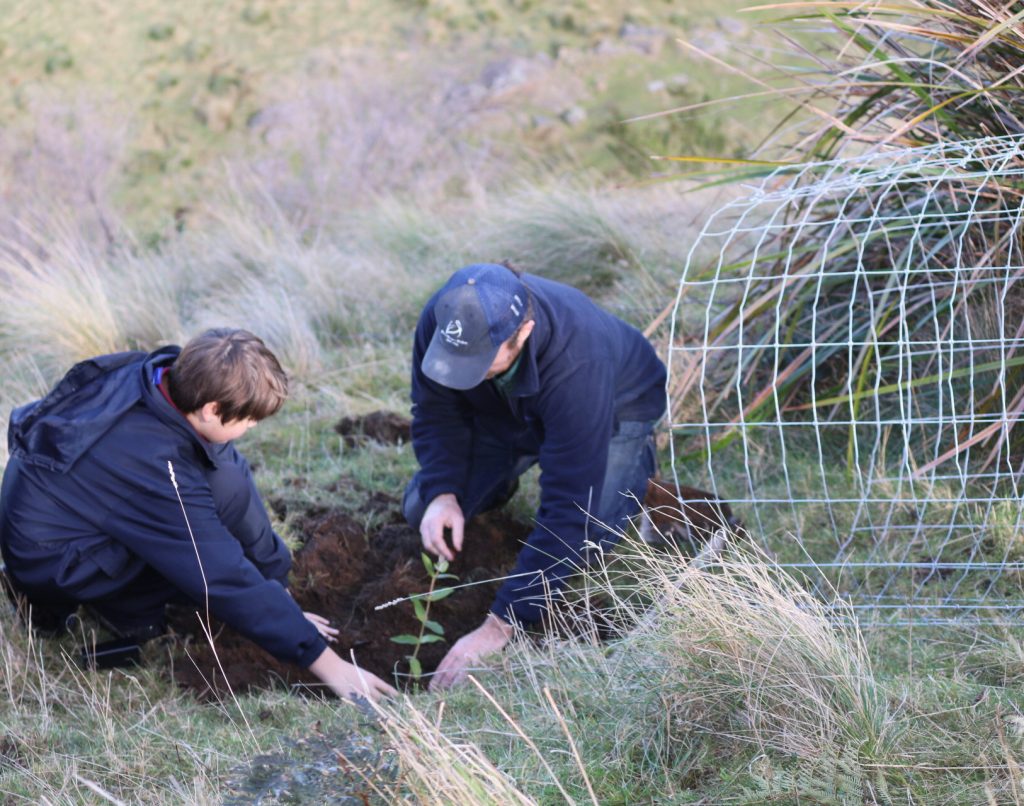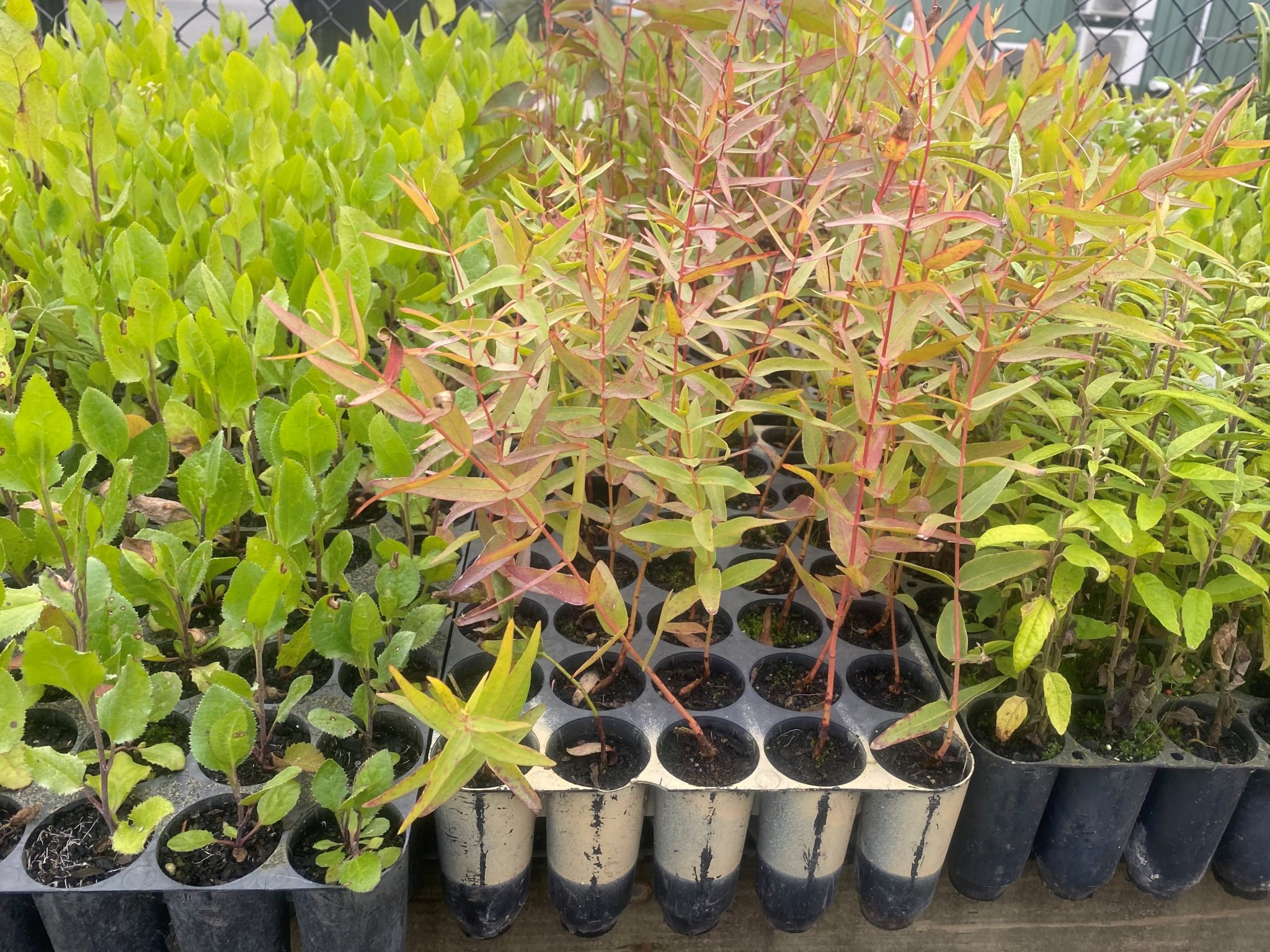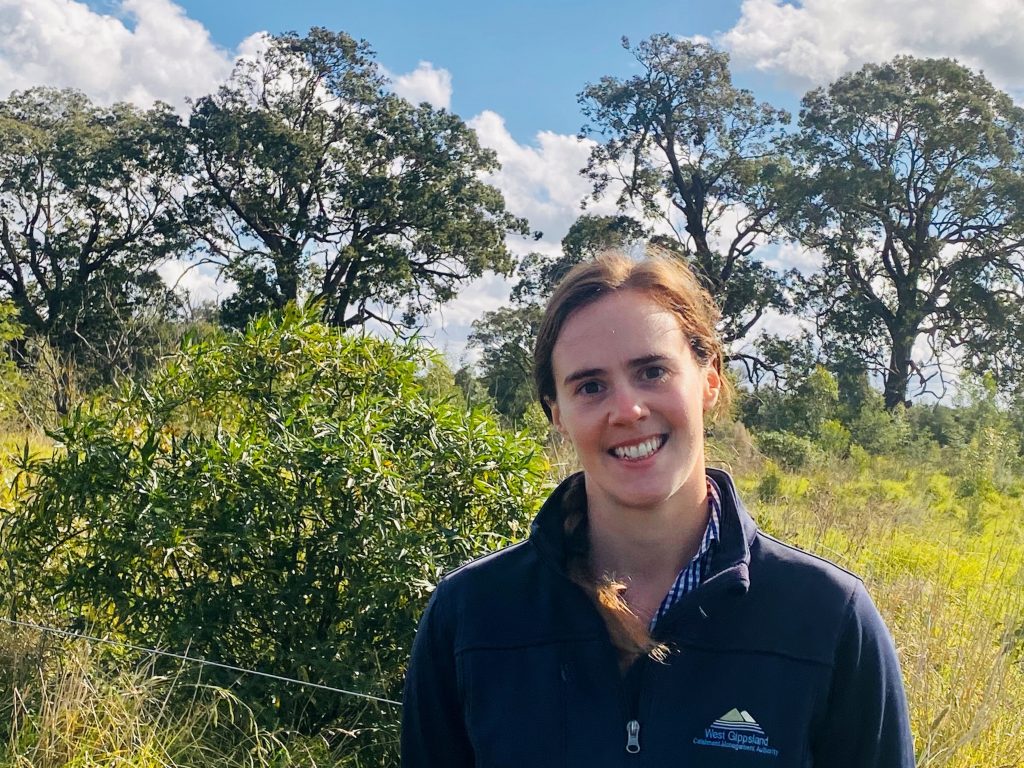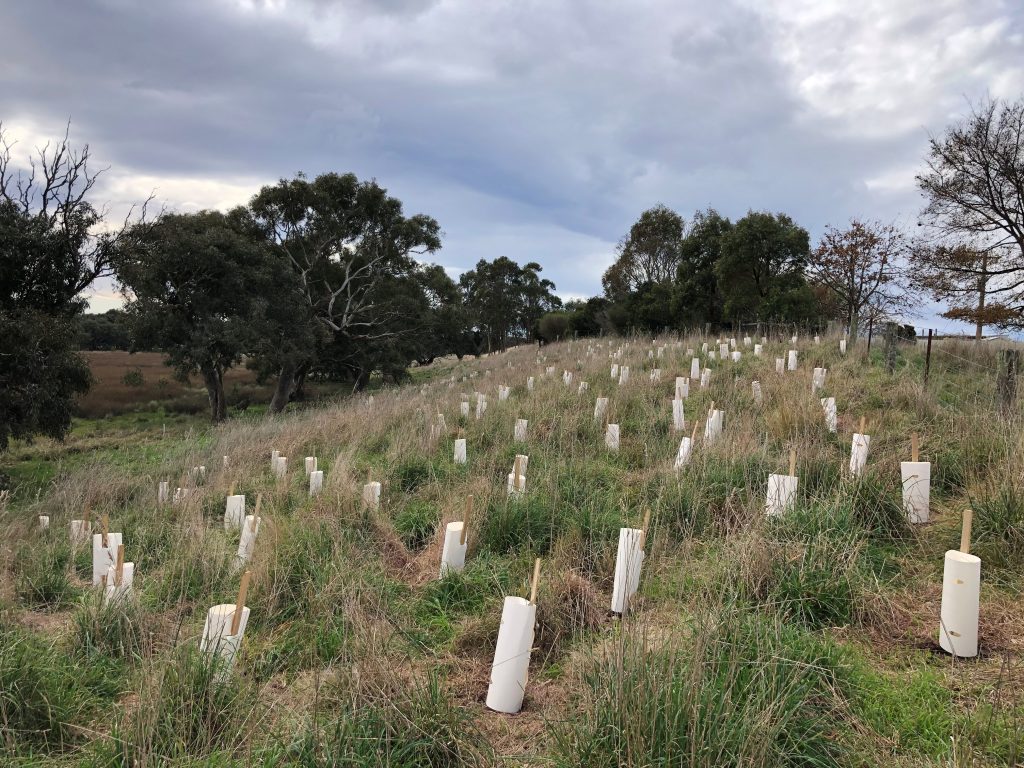It was fun and merriment at Merriman Creek when over 75 enthusiastic river lovers joined the Meet the Merriman event, hosted by West Gippsland Catchment Management Authority (WGCMA) recently.
“It was a great turnout with more people than we expected coming along because they were interested in the estuary,” said WGCMA Coastal Waterways Officer Callum Edwards.
“We held the event so that the community can have a greater appreciation of what lives in Merriman Creek estuary and learn how the estuary changes over the year and why it is so special. We also wanted to learn from the community about what they enjoy most about Merriman Creek estuary and how they like to use it,” said Callum.
It was a fun morning of discovery with everyone learning just what lies below the surface in the estuary and the wealth of life there.
The enthusiastic crowd enjoyed discovering waterbugs and insects with John and Olivia from Bug Blitz Trust, and Jackson from Austral Research and Consulting also caught fish in nets to show participants what fish live in the estuary and further upstream.
“But the highlight was everyone having fun and learning more about Merriman Creek estuary and what lives in it, especially since they spend so much time down at the creek!” Callum said.
Estuaries (where rivers meet the sea) are an important link between the ocean and land. A meeting place where fresh water from rivers and streams mixes with salty marine waters. Estuaries are dependent on both water fresh and salt water sources to maintain a healthy environment.
Merriman Creek flows east from the Strzelecki Hills and out to sea on the edge of the township of Seaspray. The estuary also has high cultural significance for the Gunaikurnai. Merriman Creek estuary is listed as a priority waterway in the current Regional Water Strategy and in the Regional Catchment Strategy.
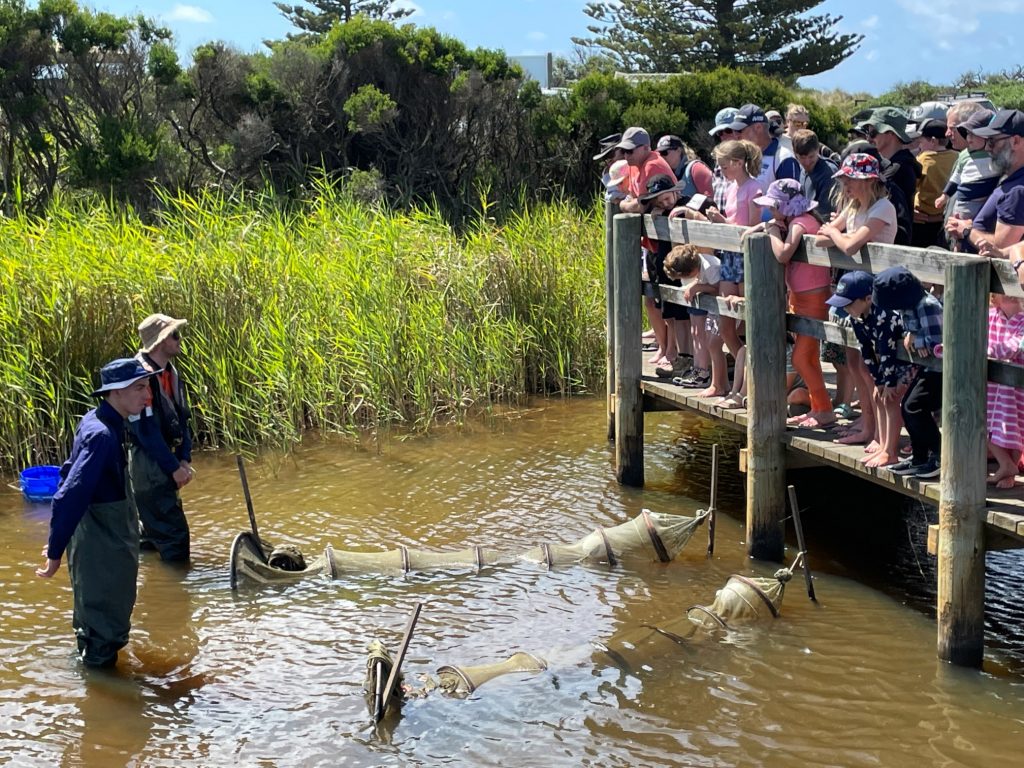
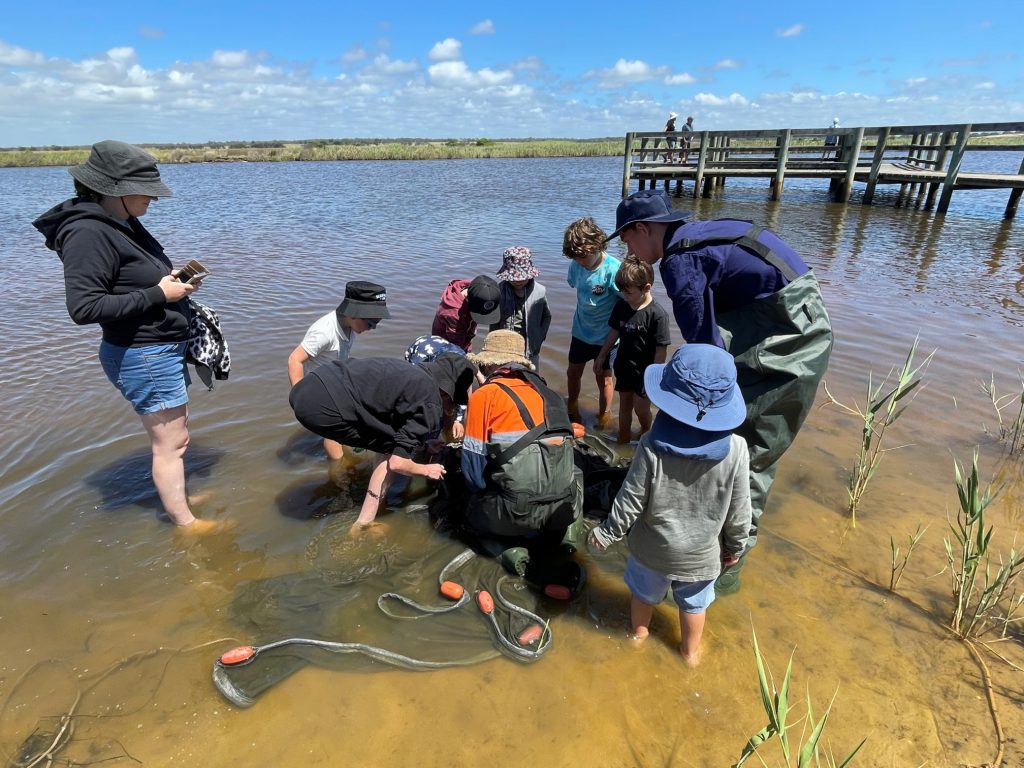
Wetlands are essential for the health of people and the planet. With 35% of the world’s wetlands having disappeared in the past 50 years, West Gippsland Catchment Management Authority (WGCMA) is proud to be working all year round reflecting this year’s World Wetlands Day theme to ‘revive and restore degraded wetlands.
Celebrated annually on 2 February, the international day aims to raise global awareness about the vital role of wetlands for people and planet.
In Gippsland there are many ecologically and recreationaly important wetlands, including two Ramsar-listed wetlands – Gippsland Lakes and Corner Inlet.
“There is a lot to celebrate about the restoration and protection of wetlands across the vast West Gippsland region,” said WGCMA CEO Martin Fuller.
“As well as having strong cultural significance, they provide essential habitat for wading birds and wildlife. They also protect the environment by capturing and filtering water and acting as a natural sponge to absorb, store and reduce flood levels.”
“There are many examples of wetland restoration in keeping with this year’s theme – including mighty stories of partnerships to restore and protect wetlands such as Heyfield, Heart Morass and the Lower Latrobe,” said Martin.
“There are also many private landholders who have created wetlands on their property and are actively contributing to ongoing wetland recovery across the region.”
The CMA is proud to be part of protecting these wetlands that have all been improved through community effort such as tree planting with Landcare and partners, citizen science monitoring through programs like Waterwatch and strong partnerships to secure funding for initiatives such as watering infrastructure in the Lower Latrobe.
Results from ongoing efforts are encouraging and the combination of recent high rainfall and ongoing, managed, deliveries of environmental water are seeing wetlands coming back to life along with wildlife, including endangered species such as the Australasian Bittern and Growling Grass Frog, returning to feed and breed.
“Wetlands are essential to the health of the West Gippsland catchment and we will continue to work together with Traditional Owners, community and partners to help these important ecosystems thrive. Much of the groundwork has been done and we look forward to continuing to redress the impact on these important areas,” said Martin.
Celebrate with us
35% of the world’s wetlands have disappeared in the last 50 years and Heart Morass is a perfect example of a community effort to restore a wetland and a showcase of the benefits wetlands have for wildlife, community and the environment.
You are invited to celebrate World Wetlands day this Thursday 2 February with the team who truly love wetlands! West Gippsland Catchment Management Authority (CMA) and the Love Our Lakes team will be joining BirdLife Australia, Field and Game and the Bug Blitz crew to present a fun discovery of the Heart Morass wetland and its amazing restoration story.
You are invited to celebrate World Wetlands day with the team who love wetlands!
Come along to Heart Morass in Sale to learn about the importance of taking care of our wetlands, discover their wonders and hear their stories.
Celebrate with us
This event will include a guided walk with ecologists and land managers, a water bug activity for the kids and a sausage sizzle.
When: Thursday 2 February, 2023
Time: 5.30pm – 7pm
Where: Heart Morass Wetland
Meet at the gate into Heart Morass via the Swing Bridge Drive, Sale 3850
This fun, family friendly and free event starts at 5.30pm and is open to all ages and will include a guided walk with the team, water bug activities led by Bug Blitz for the kids and a sausage sizzle.
While the event is free, we please ask you to register via the Try Booking link here
Gippslandscapes is an occasional podcast, highlighting the many people doing great things caring for the environment and improving the landscapes of our region. Whether they are farmers, “townies” involved in Landcare, or just someone with a passion to make the region a better place.
Each episode will feature one person or group and they are available by clicking on the links below and are searchable wherever you get your podcasts.
Episode 64: Adapting landscapes to meet demands of climate change
Episode 63: Award winning community wetlands – Heyfield
Episode 62: Happy birthday to us! 25 years of the WGCMA
Episode 61: The regeneration of the Callignee Landcare Group
Episode 60: Celebrating Rural Women
Episode 59: Duncan Fraser – Bell Bird Corner and a life in conservation
Episode 58: Gippsland Intrepid – Landcare for a new generation
Episode 57: Climate farming with Sandra Jefford
Episode 56: Reducing our own personal greenhouse footprint
Episode 55: Anne Davie OAM – a life in Landcare
Episode 54: Water is life! – Managing water so farmers, the environment and Traditional Owners get a share.
Episode 53: Meeting the demands of climate change and customer expectations while managing a sustainable beef business
Episode 52: Meeting Anna and Dani at the Bass Coast Landcare Indigenous Nursery.
Episode 51: Wading through the waters to find what’s happening below.
Episode 50: Restoring the Agnes River – a 20 year project with an end in sight.
Episode 49: Checking out the workhorses of the environment – Wetlands. As we celebrate World Wetlands Day on Feb 2.
Victoria and West Gippsland’s Landcare volunteers are receiving more support thanks to this year’s Victorian Landcare Grants and Victorian Junior Landcare and Biodiversity Grants.
Minister for the Environment and Climate Action Lily D’Ambrosio today announced the recipients of $3.6 million for the grants to support volunteers and young Victorians in caring for the state’s natural environment.
The grants will fund 327 on-ground and educational projects focused on biodiversity protection and provide additional financial support to more than 280 environmental volunteer groups. These grants will fund a diverse range of hands-on projects and educational activities, helping young Victorians learn more about Victoria’s biodiversity and protecting native plants, insects and wildlife.
CEO of WGCMA, Martin Fuller said: “I am delighted that West Gippsland Landcare groups received $318,250 for 19 projects and 28 support grants.
“Landcare groups and valued volunteers make an enormous contribution to West Gippsland’s environment and we are proud of these new and ongoing initiatives.”
Successful projects extend from Maffra to Wonthaggi and range from restoring habitat for the endangered Lace Monitor and Koala, to putting the fish back in Fish Creek, linking landscapes around Maffra and a blitz on bushland weeds in Wonthaggi’s unique reserves.
Junior Landcare grant projects in the region include a Biodiversity Boardwalk at the Bass Coast Specialist School.
The West Gippsland Dung Beetle Project will be delivered by Latrobe Catchment Landcare in partnership with Maffra District Landcare to engage and involve community to increase their capacity to monitor and protect existing dung beetle populations. Together, they will set up a beetle exchange program which involves swapping beetle species that are abundant in one location but uncommon in another.
The Community Conservation in the Tarwin Valley initiative will see Nerrena/Tarwin Valley Landcare group taking a different approach in promoting Landcare and engaging new landcarers. This project also includes developing four case studies and running six events to build one kilometre of fencing and revegetate 4.2 hectares of native vegetation.
“We are very grateful to get the funds,” says group secretary Jill Vella.
“We are going to explore storytelling to learn how to get our message across through case studies of renewal and engagement.”
Group president, Sue Miles noted that the project had been developed via surveys that indicated a need for more community engagement.
“We are very much grass roots – working with landholders is at the centre of what we do. This grant allows us to also capture our story and the imaginations of the younger generations – which is where we need to be,” said Sue.
Minister for the Environment and Climate Action Lily D’Ambrosio said: “Since it started more than 30 years ago, Landcare has made a great contribution to Victoria’s environment and we’re helping them continue to deliver this important work.”
The Victorian Landcare Grants and Victorian Junior Landcare and Biodiversity Grants support the implementation of Protecting Victoria’s Environment – Biodiversity 2037, the Victorian Government’s long-term plan to protect the state’s environment.
These grants are part of the Andrews Labor Government’s long-term plan to protect the environment, which has invested over $560 million in protecting the state’s biodiversity and the environment since 2014.
A full list of the all grant recipients can be found here.
Taking to the skies to protect Corner Inlet
West Gippsland Catchment Management Authority (WGCMA) is working with Parks Victoria to control the weed Spartina with targeted spraying in Corner Inlet this month. The important weed control works will include both on-ground and targeted helicopter spraying to protect the internationally renowned wetland. Also known as Rice Grass or Cordgrass, Spartina was introduced in the 1920s and has since become aggressively invasive, competing with indigenous plants, degrading waterbird and fish habitats and restricting waterways.
“Spartina infestation is a major threat to coastal environments,” said Martin Fuller, WGCMA’s Chief Executive Officer.
“Control of the weed has been undertaken for many years with very positive results. This follow up weed control is crucial to build on the success to date”.
“A helicopter with a snorkel attachment will be used to target the intertidal Spartina in Corner, Inlet, our strong partnership with Parks Victoria ensures land, estuary and coastal public lands are treated for Spartina”.
Mr Fuller explained that controlling Spartina helps improve natural estuary habitat for important fish populations, allows vital plant species such as saltmarsh, mangrove and seagrass to re-establish and improves the feeding and breeding sites for local birds and internationally significant migratory species. “This Spartina control program complements the work we’re doing with farmers and landowners in coastal areas to fence and revegetate, control erosion and protect saltmarsh,” concluded Mr Fuller.
This project is supported by West Gippsland Catchment Management Authority, through funding from the Australian Government’s National Landcare Program.
On National Threatened Species Day, we are pleased to report that the 2021 statewide Great Australian Platypus Search citizen science project to detect platypus through environmental DNA (eDNA) has revealed that the threatened species is widespread across West Gippsland being found in over ten water waterways across the catchment.
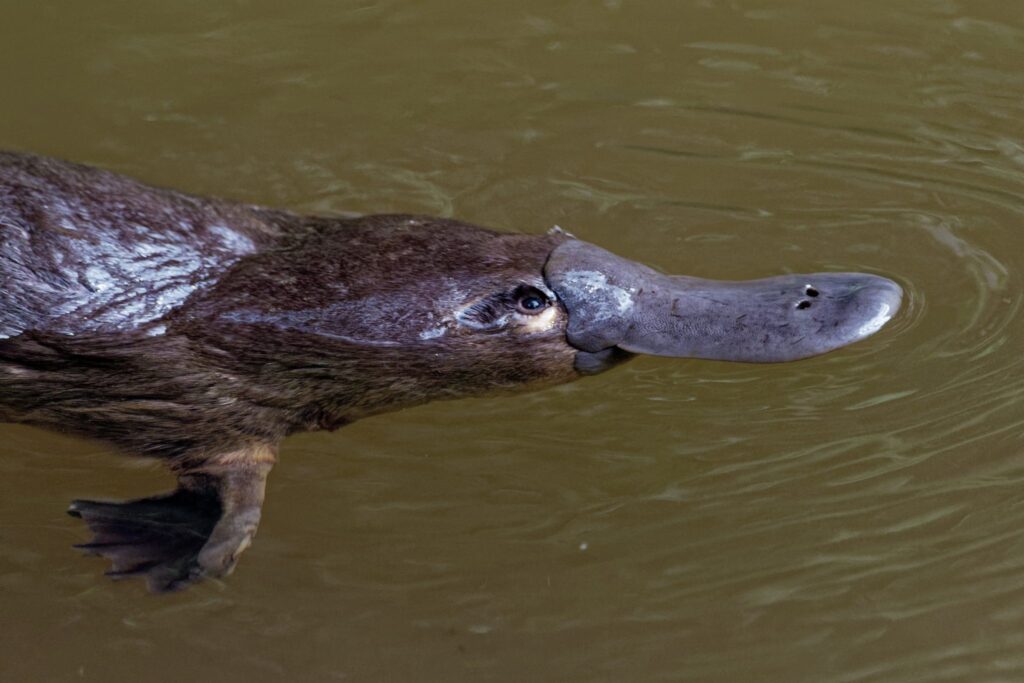
West Gippsland’s Waterwatch volunteers answered the call to assist in the statewide investigation into platypus populations using eDNA led by Waterwatch Victoria in partnership with the Odonata Foundation.
“We are extremely heartened that platypus were detected in 11 waterways across West Gippsland,” said Martin Fuller, CEO of WGCMA.
“It is an indicator of improving waterway health including increased habitat and water quality for wildlife achieved through initiatives such as strategic environmental water releases, fencing and planting to protect and enhance habitat along rivers and creeks and sustainable agricultural initiatives that look after the environment on farms.”
“I would like to thank the dedicated volunteers for giving their time to help to build a picture of the distribution of this very elusive and special animal across West Gippsland. This first step will help us to plan for future conservation efforts for this special threatened species and we are very keen to explore more waterways in the future.”
In January 2021, the Victorian Government announced that it was taking ‘urgent action to protect the platypus” which is now officially a threatened species and listed as vulnerable in Victoria.
“Caring for and improving waterways with Traditional Owners, our partners such as Department of Environment, Land, Water and Planning (DELWP) and its Waterwatch Program along with landholders and volunteers is what CMAs are all about. Creating the potential to further understand the platypus within the West Gippsland catchment is a real highlight for us.”
As a result of Waterwatch Victoria’s involvement, the project saw Waterwatch sites, and additional Traditional Owner sites included as part of the project.
Close to 2,000 sites were sampled across Victoria during the search making it one of the world’s largest citizen science programs. Data will help to build a comprehensive map of platypus populations across the state and will be used by waterway managers to better understand risks and inform appropriate management efforts.
Platypus were found to be widely distributed across West Gippsland with their eDNA being detected in the following waterways:
- Morwell River
- Agnes River
- Franklin River
- Stockyard Creek
- Tarwin River
- Narracan Creek
- Latrobe River
- Tyers River
- Thomson River and Stoney Creek tributary
- Macalister River
- Avon River.
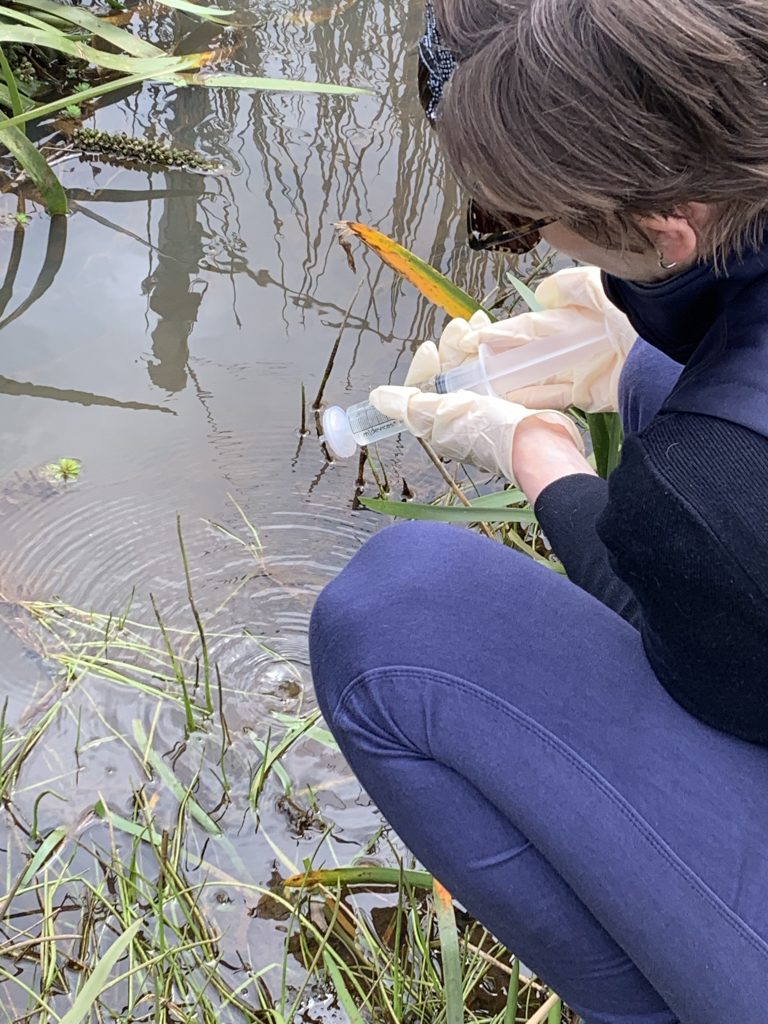
You can also contribute to ongoing platypus monitoring at https://www.platypusnetwork.org.au/home.
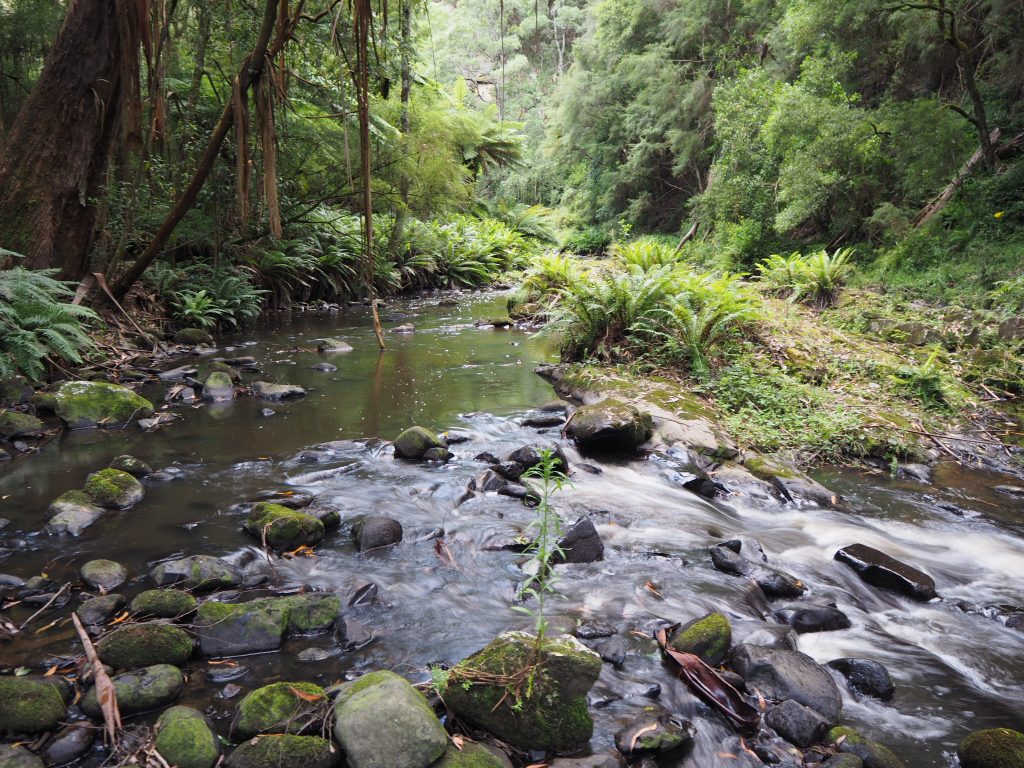
Irrigators in or near the Macalister Irrigation Area (MIA), can now apply to secure funding for farm plans or irrigation system upgrades.
Agriculture Victoria Irrigation extension officer, Alexis Killoran, said irrigators should now apply to the Central Gippsland Irrigation Efficiency Incentives Program.
“We want to support as many irrigators as possible to upgrade their systems,” she said.
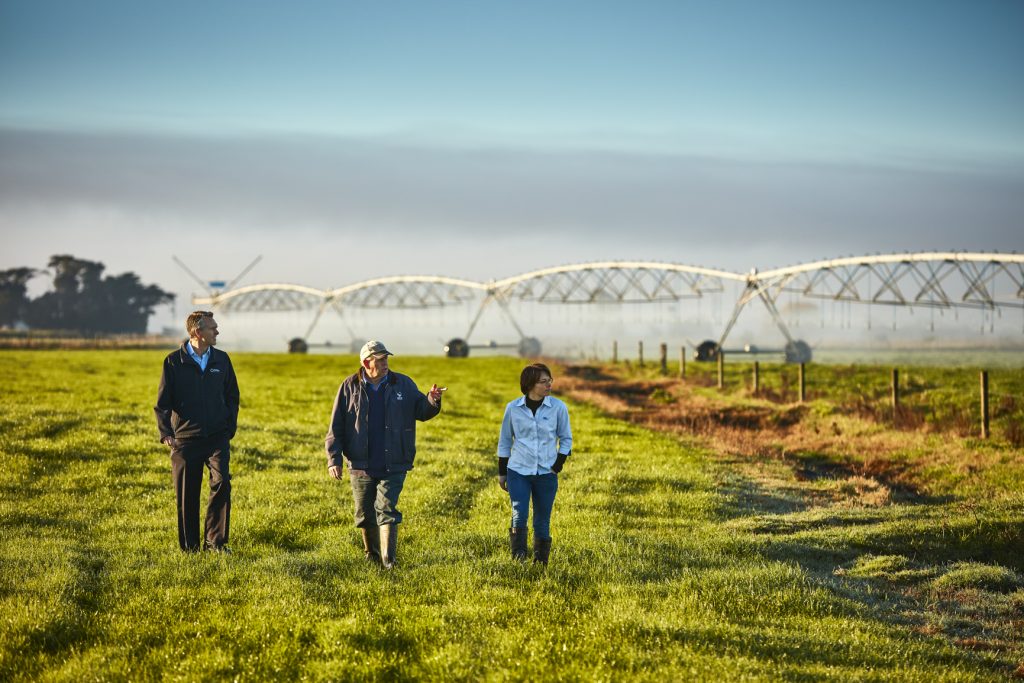
“Improving irrigation systems allows farmers to use their water entitlement better, save money and water, and increase farm productivity.”
Miss Killoran said up to $10,000 per project is available for farm plans, with businesses able to apply for two seperate farm projects.
“Irrigators wanting to upgrade their systems (flood to spray, reuse systems or best practice surface irrigation) can apply for up to $20,000 for on project per business,” she said.
“Applications for irrigation upgrade projects close on Wednesday 31 August, and must be supported by a current and approved farm plan. Applications for farm plan projects close once all funds are allocated, or on 31 August, whichever occurs first.”
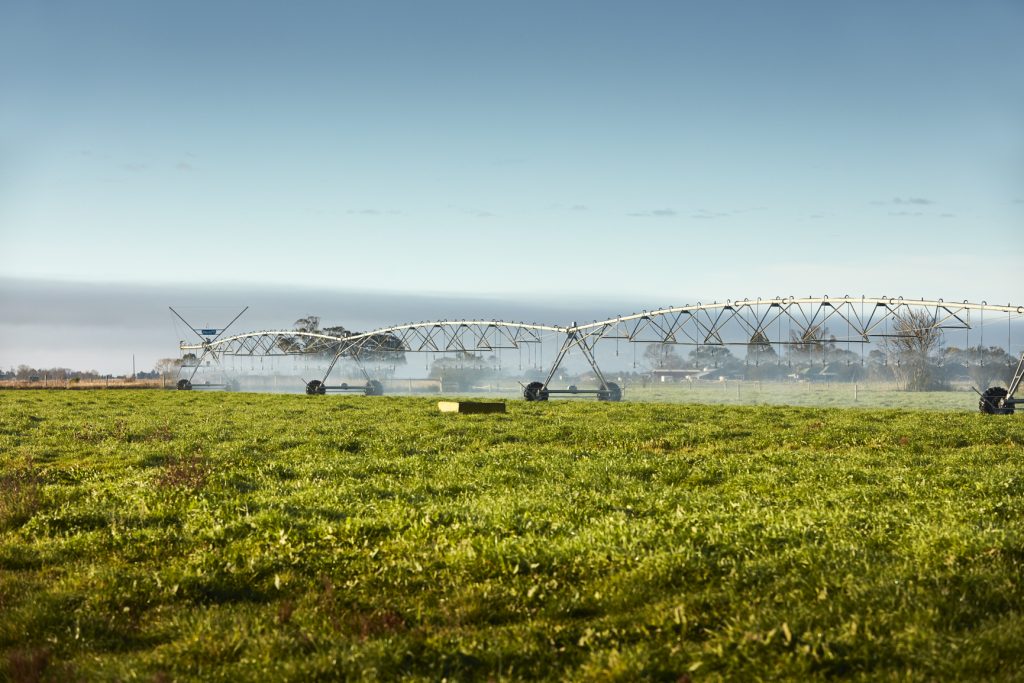
“If you’ve had farm planning or irrigation upgrades on your to-do list, we suggest getting your application in as soon as possible.”
The Central Gippsland Irrigation Efficiency Incentives Program is run by the West Gippsland Catchment Management Authority and Agriculture Victoria, and funded by the State Government’s Sustainable Irrigation Program.
Endangered and significant native fish species will soon be able to travel upstream along the Macalister River, thanks to the Andrews Labor Government’s investment in a new fishway at the Maffra Weir.
Minister for Water Harriet Shing inspected the site of the new Maffra Weir Fishway today – funded as part of a $10 million investment into waterway and catchment health projects in the Victorian Budget 2022/23.
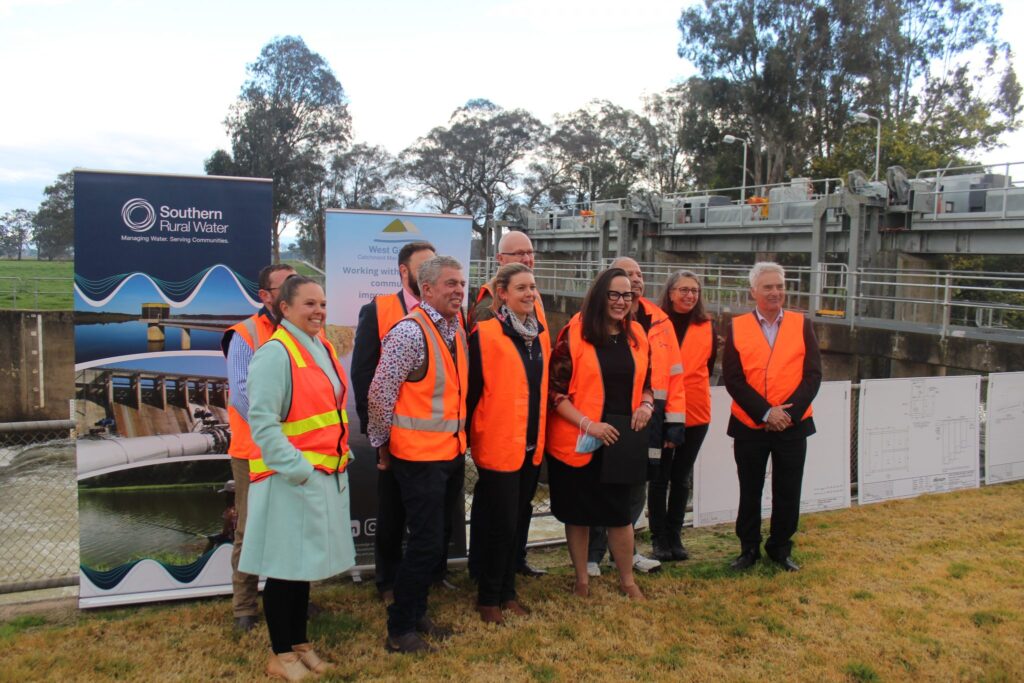
The fishway will connect 34 kilometres of waterway, allowing fish like the Australian Bass, the culturally significant River Blackfish and the endangered Australian Grayling to travel upstream to high-quality river habitat within the system.
Maffra Weir is a major irrigation offtake for the Macalister Irrigation District, but annual fish surveys show that the weir prevents native fish from travelling upstream.
This new fishway will help future-proof the river system and strengthen the climate resilience of local fish populations by allowing them to move upstream in times of drought and enable them to quickly move back into the river reaches when wet conditions return.
Irrigation and environmental water releases from Lake Glenmaggie upstream ensures this section of the Macalister River receives permanent flows for fish to reside.
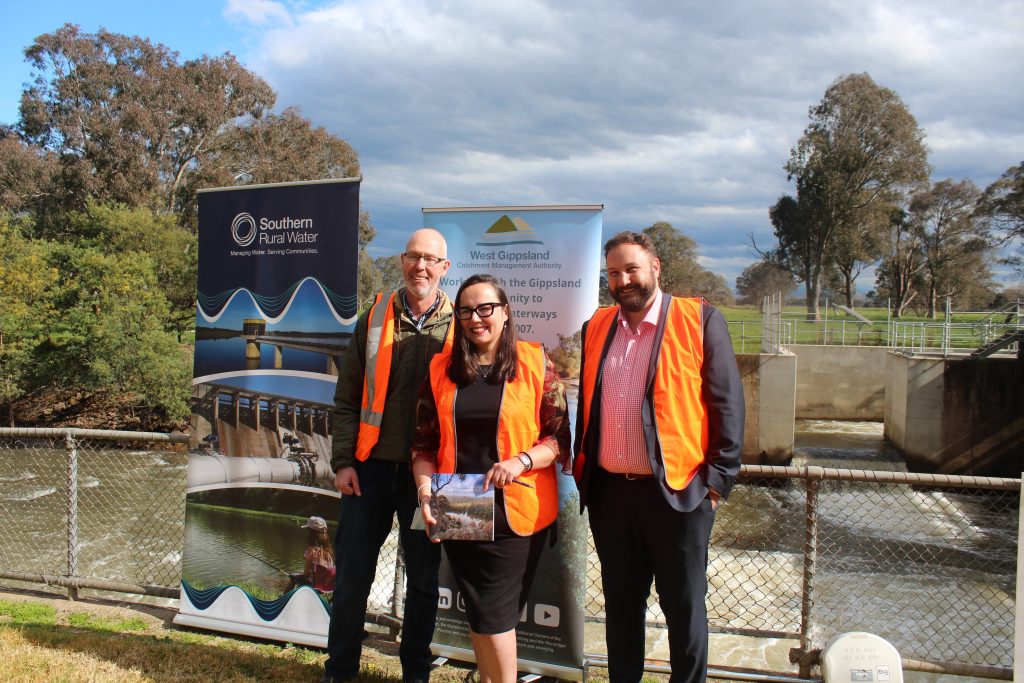
The project will be delivered by West Gippsland Catchment Management Authority in collaboration with Southern Rural Water which manages the weir facility.
Design of the fishway is expected to be complete in late 2024, with construction finished by end of 2027.
Other projects funded as part of the $10 million investment include upgrades to watering infrastructure in West Gippsland to improve water supply to Lower Latrobe wetlands, investigating ways to improve the health of the Moorabool River and upgrade the Werribee Diversion Weir.
Quotes attributable to Minister for Water Harriet Shing
“This exciting new facility will provide 34 kilometres of protected habitat for fish and other species, allowing them to seek refuge and repopulate during times of drought and fires.”
“A project which connects the river via a fishway had strong community support and will deliver on a long-held dream for Gippsland field naturalists – who do valuable work for our community and environment.”
It’s National Tree Day this Sunday, 31 July and it’s also planting season for West Gippsland Catchment Management Authority (WGCMA). Over 60,000 seedlings are ready to plant and play their important role in flood recovery and catchment health across the region.
Grown in local nurseries, the trees will be used at a variety of project sites across West Gippsland. Over 40 indigenous species make up the mix including gums such as Mountain Grey, Southern Blue, Swamp Strzelecki, Manna, Swamp, Gippsland Red, River Red, Blue Box, Yellow Box and River Peppermint along with Swamp Paperbarks, Blackwood and a variety of shrubs and ground covers.
Trees upstream improve water quality
At the east of the catchment, Richard Allen, WGCMA’s Project Delivery Coordinator is leading the plantings and said: “Planting out the areas next to waterways marks the last step in river restoration. It usually follows fencing and weed removal, and provides stability for riverbanks, habitat for wildlife and improves water quality downstream.”
This is significant as the creeks and rivers to be planted over coming months flow into important waterways such as Corner Inlet. The WGCMA has just completed 1.9 kilometres of fencing along Lamont Creek – a tributary that flows into the Agnes River near Toora and on into the internationally acclaimed Corner Inlet.
Funded by the Australian Government’s Fisheries Habitat Restoration Program, the recent works were undertaken in partnership with the landholder and link up 1.6 kilometres of fencing previously completed by the WGCMA.
Matt Bowler, Project Delivery Manager for WGCMA said: “It may seem unusual that works on a tributary are part of a Fisheries Habitat Restoration, but catchments are connected and protecting areas upstream improve water quality along the whole river course and into the sea. “These latest works are part of a larger project to fence off a total of 75 hectares of saltmarsh, mangrove and swamp scrub habitat adjoining the Corner Inlet Ramsar site – a haven for birds, fish and other wildlife.”
“Once complete, the program will restore six hectares of seagrass and protect 12 hectares of rivers using a whole of catchment approach – showing works that happen upstream on the land flow down to benefit the sea through improved water quality and increased habitat for fish.”
“This latest section of river to be fenced, and planted builds on existing work in the catchment and forms part of the bigger picture to protect and fence the Agnes in its entirety and contribute to the continuity of the tributaries.”
“Positive steps such as this upstream flow downstream into the Agnes and then on into Corner Inlet,” said Matt, “it also proves the power of partnerships as we work along waterways – we can’t do it alone.”
Trees also the key to flood recovery
At the northern end of the catchment, Project Delivery Coordinator, Delivery Coordinator, Elsa Burnell is busy working with landholders and partners Gunaikurnai Land and Waters Aboriginal Corporation (GLaWAC) to revegetate sites where flood recovery works have been undertaken, willows removed and to enhance and restore wetlands.
“All the works we do such as bank stabilisation, weed removal and fencing is preparation for putting plants in the ground – it’s the culmination of the project. Trees and shrubs provide the essential last step in flood recovery acting like the reo in concrete to stabilise banks and to slow the water down in future flooding events”, says Elsa.
One planting site is on private land along the Rainbow Creek near Cowwarr. Works on this potential avulsion (where a waterway creates a new path in times of flood) site are part of the EC5 funded Mid-Thomson River Flagship Waterway project that seeks to address the risk of avulsion across the agricultural land between the Thomson River and Rainbow Creek. Fencing and earthworks have been undertaken to armour the banks, slow the water, stabilise the soil and stop erosion. Planting 4,500 trees will be the last stage of works to protect the area for the future.
“Everything you do leads to the planting – it’s the long term legacy,” concluded Elsa.
Established in 1996, National Tree Day has grown into Australia’s largest community tree planting and nature care event. The program is a call to action for all Australians to get their hands dirty and give back to their community.
These projects are supported by the West Gippsland CMA, through funding from the Australian Government’s National Landcare and Fisheries Habitat Restoration Programs, and Victorian Government’s EC5 funding.
West Gippsland is a special region with precious environments, diverse waterways and coastlines. West Gippsland Catchment Management Authority (WGCMA) is proud to play a part in meeting the future challenges for water in the region by delivering its fourth Regional Catchment Strategy – essentially a ‘blueprint’ for catchment health and care for the next five years.
Available online at a dedicated website, the West Gippsland Catchment Management Strategy 2021-2027 (RCS) covers challenges at a local scale under the themes of Biodiversity, Coast and Marine, Community, Land, Traditional Ownersand Water with an overarching theme of Climate Change.
The documents are the key strategic frameworks for natural resource management in Victoria and are prepared by Victoria’s Catchment Management Authorities every six years. They outline how on-ground work contributes to implementing government policies and targets, whilst also incorporating the knowledge and priorities of local communities.
Martin Fuller, CEO of WGCMA said: “We are delighted to prepare this strategy on behalf of West Gippsland. It reflects many voices because it is the result of a genuine collaboration between government and non-government organisations, Traditional Owners, and the broader community.”
Mikaela Power, WGCMA Board Chair said: “The Strategy is divided into local areas to reflect the priorities and interests of West Gippsland’s communities and to show how agencies and communities work together to deliver integrated catchment management at the local scale. The local areas of Bunurong Coastal, Corner Inlet and Nooramunga, Gippsland Coastal Plains, Gippsland Lakes and Hinterland, Great Dividing Range and Foothills, Latrobe, Strzelecki and Wilsons Promontory demonstrate the diversity and significance of the region. “We invite everyone to explore the RCS, learn about our region, and get involved, by working together, we can protect and improve the health of our catchments for future generations.”
Key sub-strategy completed
In addition, WGCMA has completed one of the key sub-strategies and planning documents linked to the RCS. The Regional Natural Resource Management (NRM) Plan: Regional Land Partnerships Program 2022 complements the Regional Catchment Strategy by:
- Describing the regional context and stakeholder aspirations as they relate to the Australian Government’s priorities and investment programs.
- Identifying regional priorities aligned to the Regional Land Partnership investment priorities for Ramsar sites, threatened species, threatened ecological communities and sustainable agriculture.
- Identifying project concepts and actions that will contribute to the five-year Outcomes and investment priorities of the Australian Government’s Regional Land Partnerships Program.
RCS key facts:
- Regional Catchment Strategies are the key strategic frameworks for natural resource management in Victoria
- Victoria has 10 Regional Catchment Strategies, covering each catchment management area
- Regional Catchment Strategies are prepared by Victoria’s Catchment Management Authorities every six years on behalf of the Victorian Government and are sent to the Minister for Water for approval
- Regional Catchment Strategies are developed collaboration with Traditional Owners and regional agencies, organisations, groups and communities
- Traditional Owners play a key part in development and the 2021-27 Regional Catchment Strategies recognise their role as the voice for Country, their ecological knowledge, aspirations and status in planning and action
- Regional Catchment Strategies are the overarching plan for the integrated management of land, water and biodiversity, including support for communities, agriculture and sustainable development
- Regional Catchment Strategies describe how land, water and biodiversity is managed across each region, assess its current condition and find targets for its future health
- Regional Catchment Strategies outline how on-ground work contributes to implementing government policies and targets, whilst also incorporating the knowledge and priorities of local communities
- Regional Catchment Strategies are founded on the principle that collaboration by many organisations is vital to achieve environmental improvement
- Regional Catchment Strategies highlight the important roles and plans of councils, government agencies and other organisations and groups
- Regional Catchment Strategies identify each region’s significant challenges and set informed and measurable targets for improvement.
